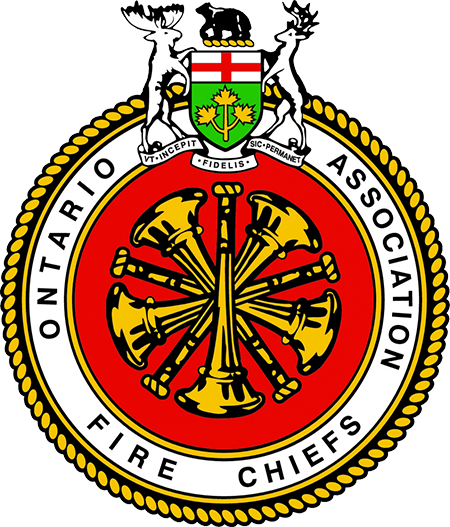Technology that turns traffic lights green as fire trucks and ambulances approach could be used across Winnipeg.
A one-year pilot project ended in April testing emergency vehicle pre-emption (EVP) technology. Nine fire trucks and ambulances, from five different stations, were outfitted with wireless technology connected to traffic signals at 17 intersections in the Osborne Village and North Pembina Highway areas.
As fire trucks and ambulances approach intersections, the traffic lights turn green, clearing the way. A new report by the Winnipeg Fire Paramedic Service (WFPS) estimates this shaved 15 to 20 per cent off response times.
In a statement to CTV News, the WFPS said on a typical call, an emergency vehicle may encounter 6 to 10 intersections, and delays from red lights can add an estimated 15 to 20 seconds.
“As a result, implementing (EVP) technology, which allows emergency vehicles to trigger green lights, could reduce overall response times by at least one minute, significantly improving emergency service delivery,” the statement said.
Coun. Vivian Santos (Point Douglas), chair of the Community Services Committee, said the pilot is a success.
“Having that light going green for them and they can go forward, and they don’t have to hesitate, I think that is definitely more of a positive reaction,” Santos said.
The report also said this reduces the potential for collisions between drivers and first responders at these intersections.
The WFPS said the pilot results merit doing this city-wide at 437 high risk intersections. The report said this would cost $1.8 million dollars, and operating costs of $200,000 dollars.
Nick Kasper, president of the United Fire Fighters of Winnipeg, supports the use of EVP as he believes this will increase safety, but he questions some of the results.
“Time will tell whether this does have a measurable impact on response times. We’re not really interested in estimates,” Kasper said.
He said the technology is no replacement for what’s really needed to cut down on response times — more fire trucks and ambulances on the road.
“Even if we achieved an optimistic 15 to 20 per cent, we would still be far behind comparable cities which is not acceptable for Winnipeggers,” Kasper said.
Santos said she is in discussions with the WFPS chief on other solutions beyond the EVP project.
“This is just one of those pieces to the puzzle,” Santos said.
The report said expanding EVP across the city would start in 2026 and take two years.
